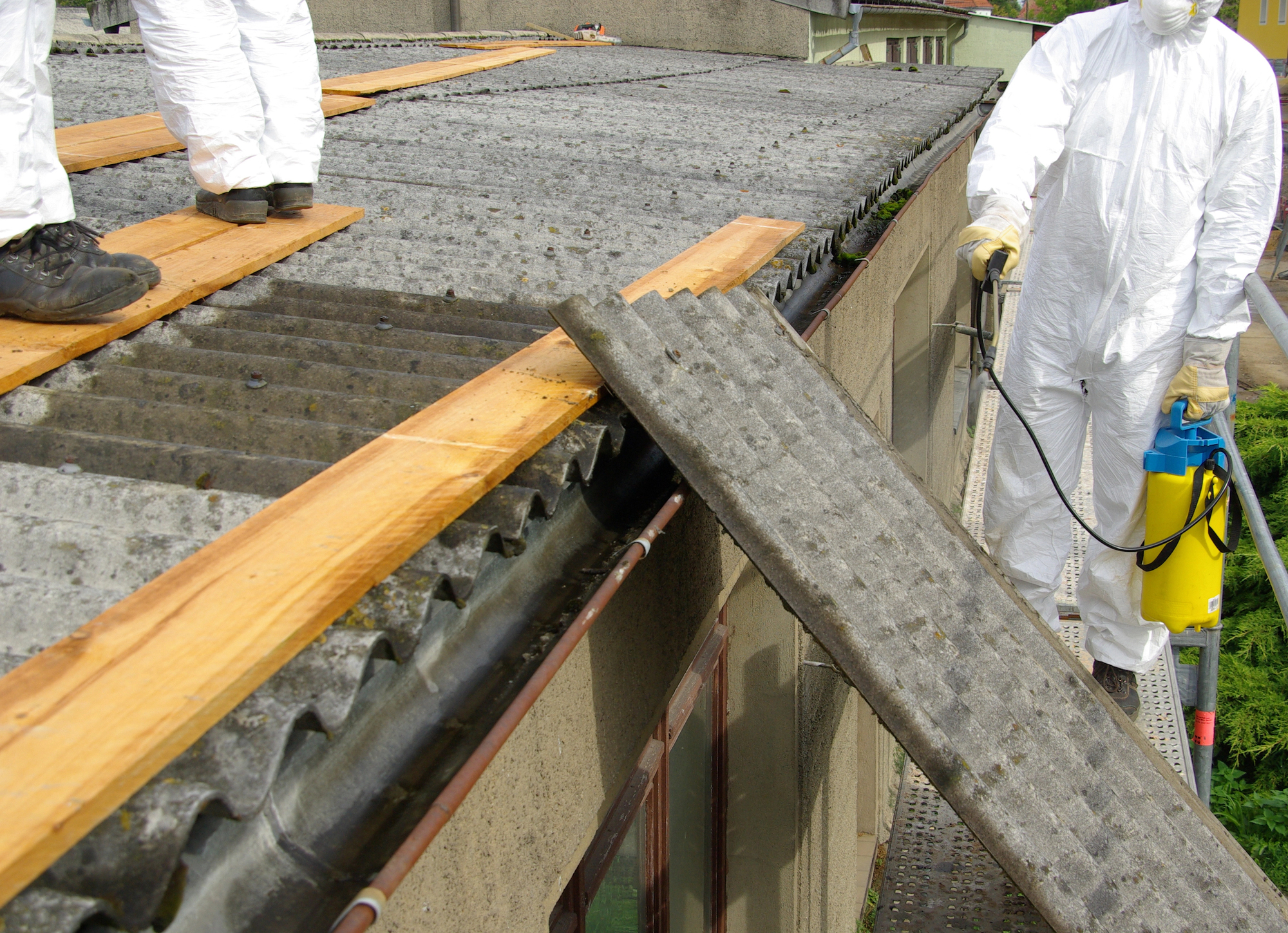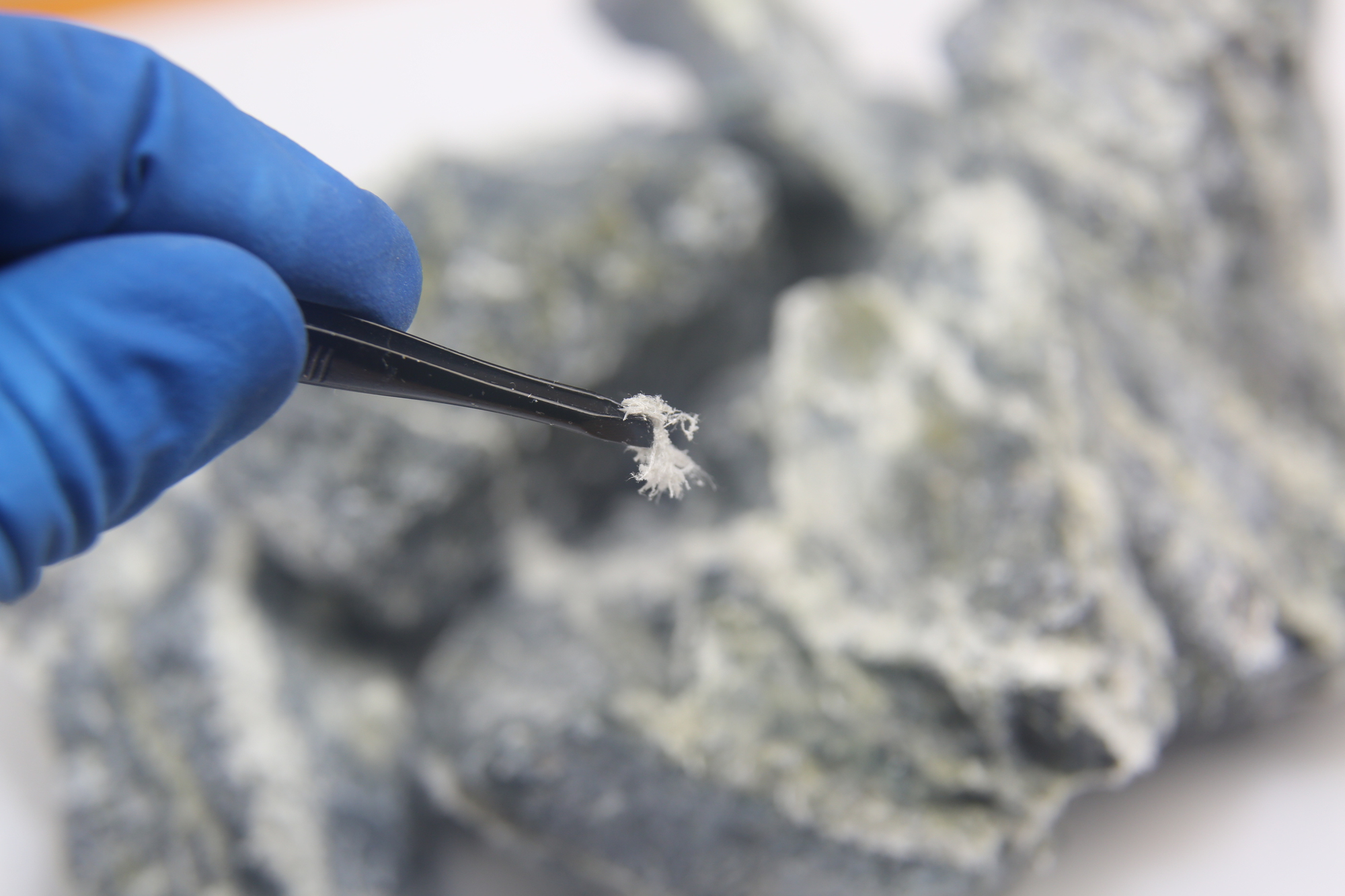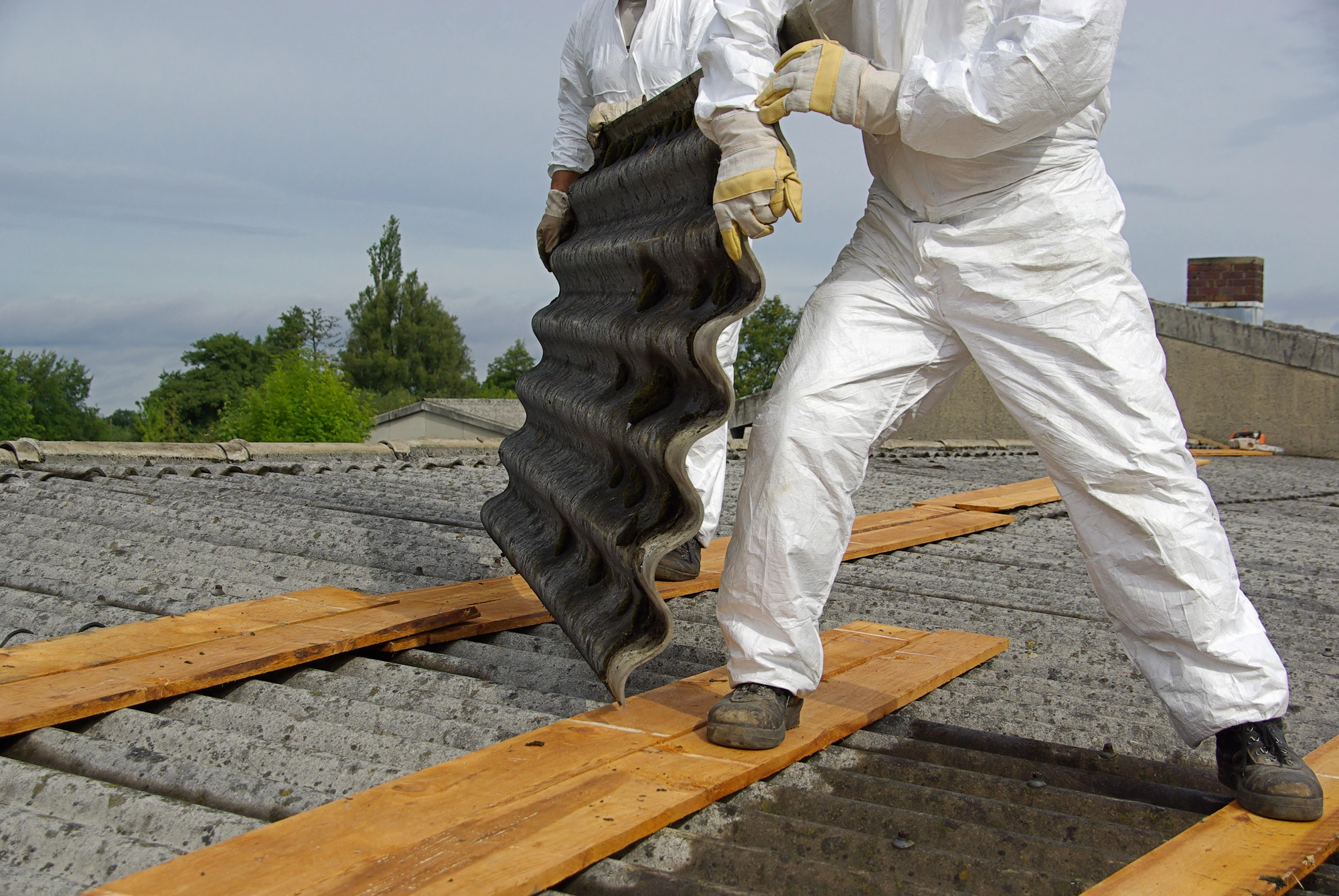November 30, 2025
The Role of Due Diligence in Securing Property Insurance
Securing commercial property insurance has become a more complex process in recent years, driven by rising claim costs,
Asbestos, once lauded for its durability and fire-resistant properties, has become a notorious health hazard in commercial properties. Despite its historical prevalence, asbestos has been largely replaced by safer materials such as fiberglass, cellulose, and mineral wool.
However, many older buildings still contain asbestos, posing significant structural and health risks. Asbestos-containing materials can deteriorate over time and lead to the release of harmful fibers into the air, which can cause severe problems for building occupants.
Grasping the intricacies of asbestos—from its various forms and inherent dangers to the safest removal methods— allows commercial property owners to ensure a safe and compliant environment. Read on to learn the effects of asbestos, common locations in commercial buildings, and professional removal and interior restoration practices.

Asbestos is a group of naturally occurring fibrous minerals known for their heat resistance, strength, and insulating properties.
Historically, asbestos was used in construction and industrial applications, prized for its ability to resist fire, insulate against heat, and strengthen building materials.
There are several types of asbestos, each with distinct characteristics:
Although asbestos-containing materials (ACMs) were used for their sturdiness and fire-resistant properties, they still deteriorate. As they age, they become brittle and prone to crumbling, which can release asbestos fibers into the air.
This deterioration is particularly problematic in areas with high traffic or where maintenance activities disturb the materials, such as in boiler rooms or around HVAC systems. Cracked or damaged asbestos-containing insulation, for instance, poses an immense risk as it can easily release fibers.
Environmental factors, such as water damage, can accelerate the deterioration of ACMs. Water infiltration from leaks or flooding can weaken the structural integrity of asbestos-containing materials like ceiling tiles, floor tiles, and insulation.
When these materials break down, they lose their insulating or fireproofing effectiveness and become a source of airborne asbestos fibers.
Ironically, while asbestos has fire-resistant properties, the deterioration of asbestos-containing materials can actually increase fire risks. As these materials age and degrade, their effectiveness in preventing fire spread diminishes.
For instance, compromised asbestos insulation around electrical wiring or heating systems can lead to increased fire hazards. In such cases, the deteriorating material may not effectively contain or slow down a fire.
Asbestos-containing materials were commonly utilized in structural elements like cement pipes, roofing shingles, and flooring. As these materials degrade, they can compromise the structural integrity of the commercial building.
For example, asbestos cement pipes used in plumbing and drainage systems can crack and collapse, causing water damage and potential flooding. Similarly, roofing materials containing asbestos can deteriorate, leading to leaks and damage to the building’s overall structure.
Deteriorating asbestos-containing materials require frequent monitoring, repairs, and, in many cases, professional removal and replacement. Ongoing maintenance efforts incur direct costs and disrupt normal business operations, leading to potential loss of revenue and productivity.
Asbestosis is a chronic lung disease caused by the inhalation of asbestos fibers. Once the fibers become lodged in the lung tissue, they cause inflammation, scarring, and other symptoms like:
Asbestosis is a progressive disease, meaning it can worsen over time, especially with continued exposure. There is no cure for asbestosis, and treatment focuses on managing symptoms and preventing further exposure.
Exposure to asbestos also increases the risk of lung cancer. The risk is higher for individuals who smoke or have a history of smoking, as the combination of asbestos fibers and tobacco smoke can synergistically damage lung tissue.
Asbestos exposure can also cause other respiratory problems, such as pleural plaques, which are areas of fibrous thickening on the pleura (lining of the lungs and chest wall).
Although pleural plaques themselves are not cancerous, their presence indicates significant asbestos exposure and increases the risk of developing more serious conditions.
Pleural effusions, or the buildup of fluid between the layers of tissue lining the lungs and chest cavity, can also occur, leading to breathing difficulties and requiring medical intervention.

Asbestos was a popular choice for insulating pipes and boilers due to its excellent heat resistance. It can often be found wrapped around hot water pipes, steam pipes, and boilers. The insulation may appear as a white or grayish fibrous material or as a hard, cement-like coating.
This insulation can become friable over the years, meaning it can easily crumble and release asbestos fibers into the air, especially when disturbed during maintenance or repairs.
Spray-applied asbestos insulation was used for fireproofing, soundproofing, and thermal insulation in commercial buildings. This type of insulation is often found on steel beams, columns, and ceilings.
When intact, it poses less of a risk, but if it is disturbed or deteriorates, it can release hazardous fibers. This type of asbestos is particularly concerning because it can be found in large quantities and is often difficult to remove.
Vinyl floor tiles and the adhesives used to secure them often contained asbestos. When these materials become damaged or worn, they can release asbestos fibers, posing a health risk.
The adhesives, or mastic, used to install floor tiles, linoleum, and carpet in older buildings frequently contained asbestos. This adhesive is often black or dark brown and can be found beneath flooring materials. When flooring is removed or replaced, the adhesive can become disturbed, releasing asbestos fibers.
Asbestos-containing shingles can be found on the roofs and sides of many older commercial buildings. However, exposure to weather can cause these shingles to break down and become friable, increasing the risk of asbestos fiber release.
Asbestos was used in drywall and joint compounds for its strengthening properties. This material can be found in walls and ceilings, especially in buildings constructed before the 1980s. When renovating or repairing drywall, it is important to test for asbestos and take appropriate safety measures to prevent fiber release.
Asbestos removal should never be undertaken by untrained personnel. Licensed and certified professionals possess the necessary training and experience to handle asbestos safely. They are familiar with the regulations governing asbestos removal and disposal, ensuring all work is performed in compliance with local, state, and federal guidelines.
Hiring professionals helps prevent the inadvertent release of asbestos fibers, protecting both the workers and the commercial building's occupants.
The first step in asbestos removal involves a thorough assessment and inspection of the commercial property. Professionals conduct visual inspections and collect samples of suspected asbestos-containing materials for analysis.
The assessment identifies the types and locations of asbestos in the commercial building, providing a clear picture of the scope of work required.
Once the presence of asbestos is confirmed, professionals develop a detailed removal plan, which includes assessing the risks associated with the removal process and outlining the steps necessary to mitigate these risks. It also involves obtaining the necessary permits and notifications required by regulatory agencies.
Professionals set up containment areas to isolate the work area. This step prevents asbestos fibers from contaminating other parts of the commercial building.
Asbestos removal involves various techniques to safely extract asbestos-containing materials. Wet methods are commonly used to suppress dust and fibers during removal, and they involve spraying the asbestos material with water or a wetting agent to keep the fibers from becoming airborne.
HEPA-filtered vacuums are also used to collect and contain asbestos debris.
Personal Protective Equipment (PPE) is essential for the safety of workers involved in asbestos removal. Professionals wear specialized gear, including respirators, disposable coveralls, gloves, and eye protection, to shield themselves from asbestos exposure.
Proper use and disposal of PPE are critical to ensure no fibers are released during the removal process.
Asbestos removal is strictly regulated to protect public health. Professionals adhere to guidelines established by agencies such as the Environmental Protection Agency (EPA) and the Occupational Safety and Health Administration (OSHA). These regulations govern every aspect of asbestos removal, from initial assessment and containment to disposal.
Professionals follow best practices to ensure all work is performed in a safe, efficient way, including the following:

If you suspect asbestos in your commercial property, contact BlueTeam for professional asbestos removal. Our experts ensure safe, compliant handling of asbestos, water damage, mold, and other restoration needs.
Safeguard your commercial buildings and their occupants—reach out to BlueTeam today for comprehensive solutions.